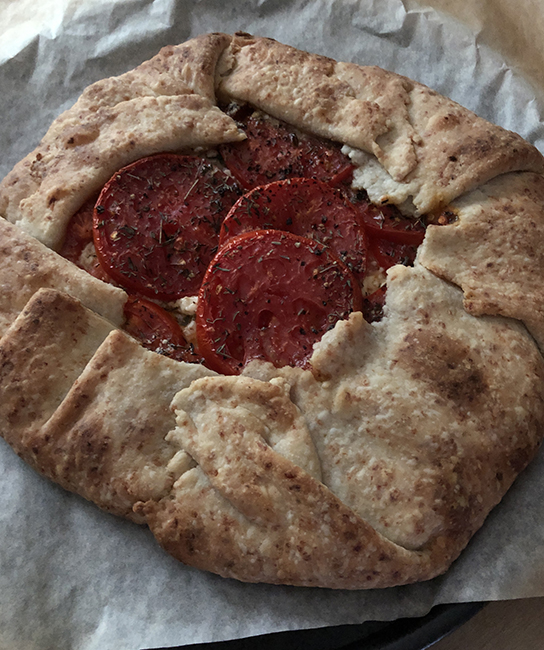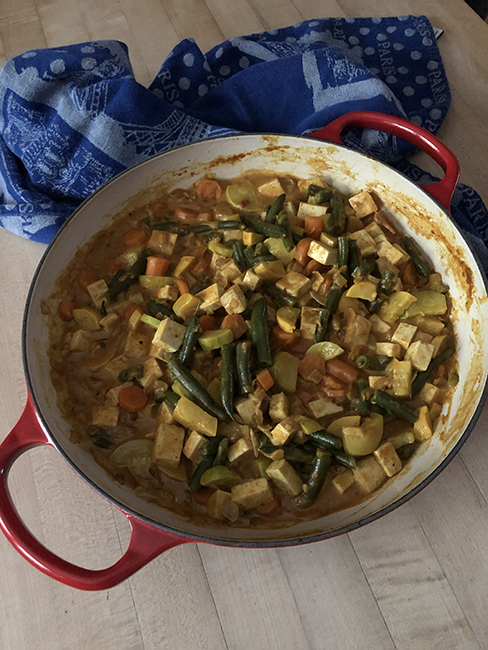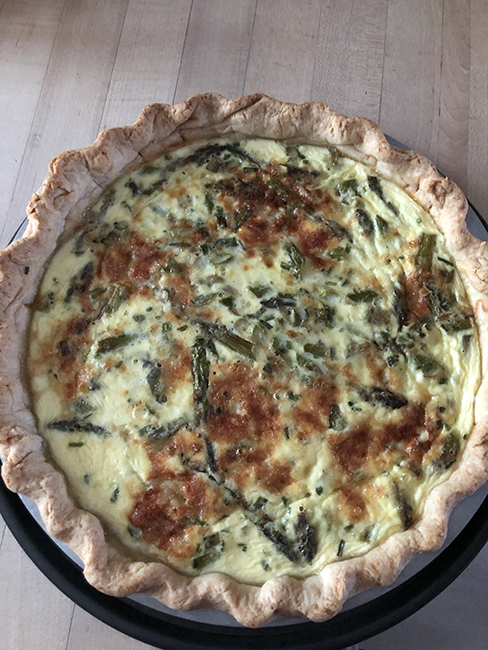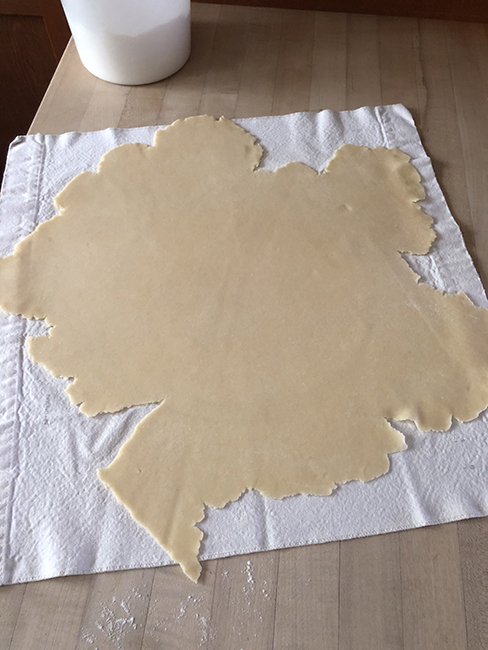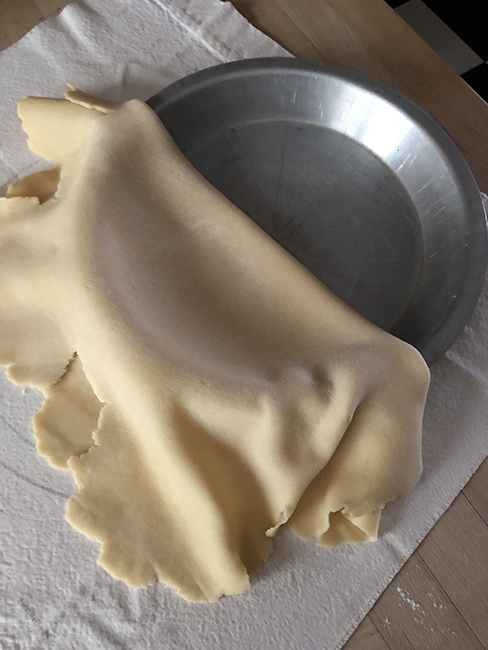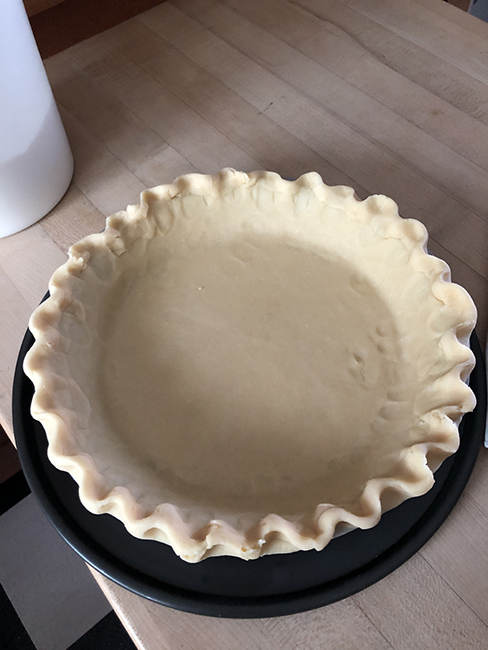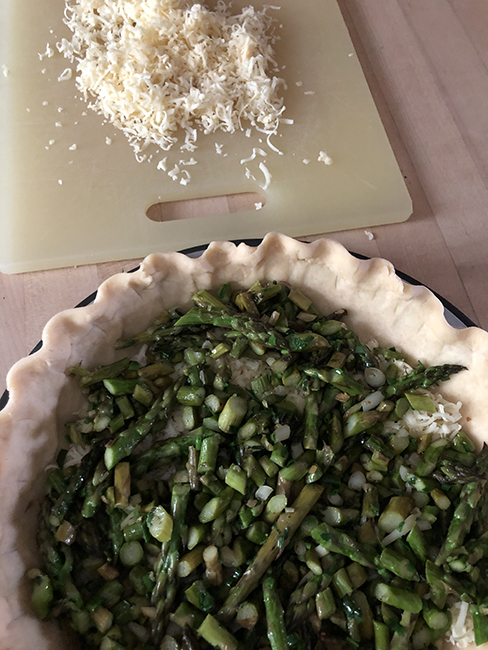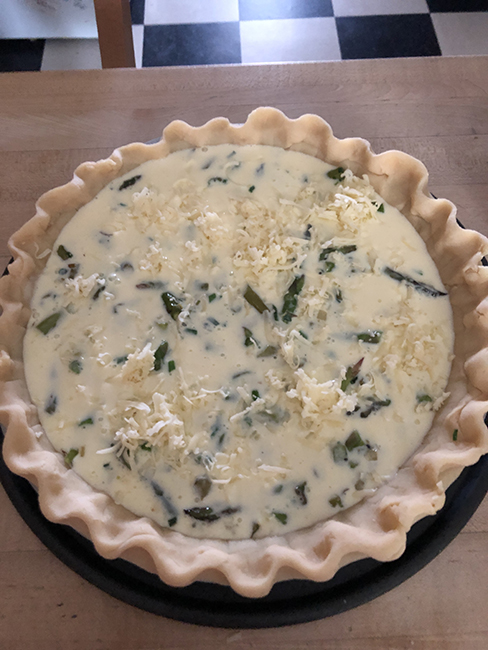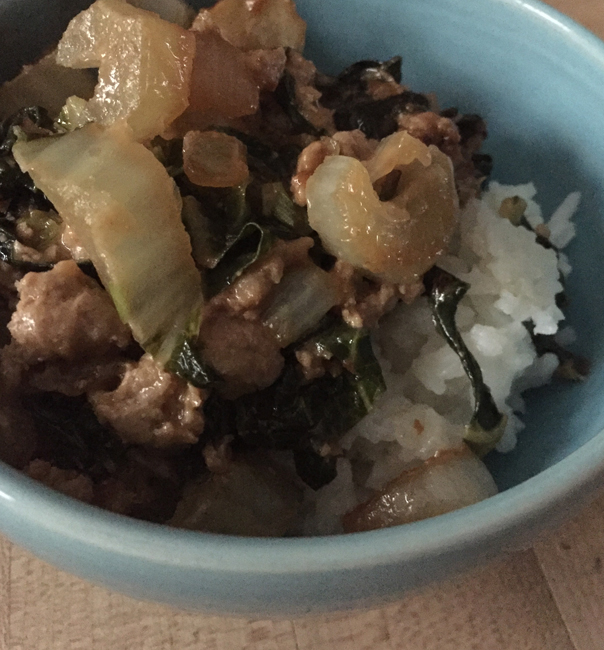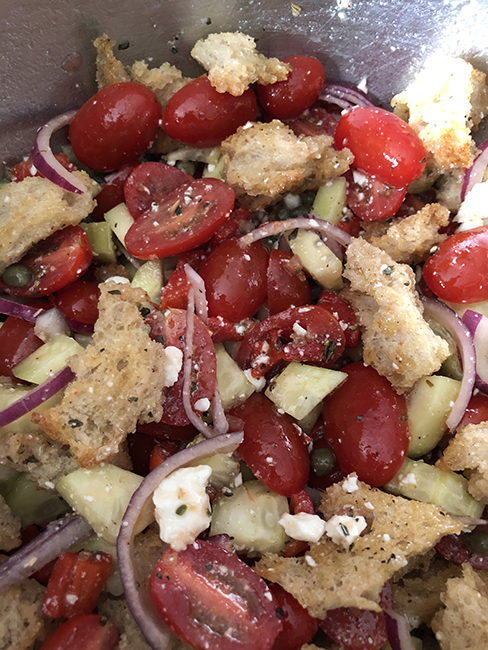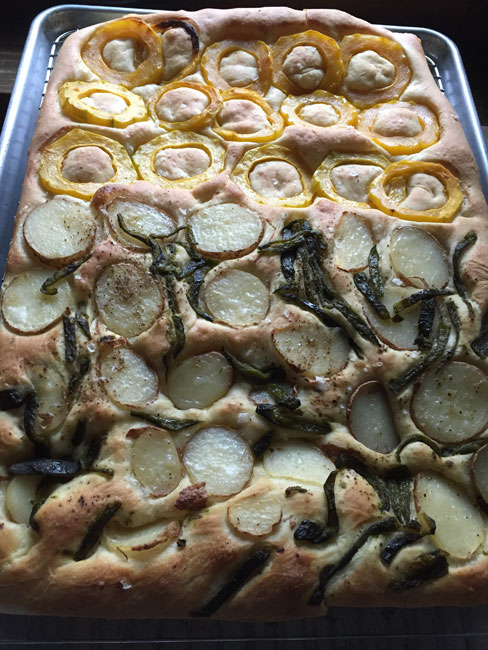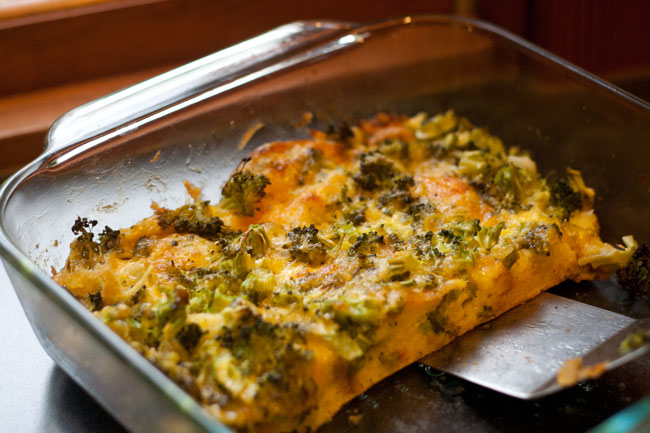
With a little planning ahead, you can have homemade pizza on a homemade crust on a weeknight! This recipe makes enough dough for three 10-12 inch thin pizzas. I often top and cook two to eat right away and partially bake the third to freeze, top, and cook another day. And if you don’t have time to make the dough, Tipi veggies are so delicious they will improve even store-bought crust.
Takes 15 minutes to mix the dough, plus overnight to rise in the refrigerator
Makes crust for three 10-12 inch thin pizzas.
1 1/4 cups lukewarm water (about 80°)
1 teaspoon active dry yeast
1 tablespoon olive oil
1 teaspoon fine sea salt
3 to 3 1/2 cups flour – bread flour if you have it, or unbleached white, or use up to one cup whole wheat
- Pour the water into a large mixing bowl, preferably the bowl of a stand mixer, if you have one. Sprinkle in the yeast and leave for about 10 minutes. The yeast should bubble; if not you might want to start over with fresher yeast.
- Add the salt, olive oil, and 3 cups flour. Mix with the paddle attachment until you have a soft dough that’s pulling away from the sides of the bowl. If it doesn’t, add the additional flour, up to 1/2 a cup – you want a soft but not too sticky dough. When all the flour is incorporated, let the mixer knead the dough for you, on medium speed for about 4 minutes. I continue with the paddle for kneading, but if you have a dough hook for your mixer, by all means switch. Alternatively, mix in the flour with a large wooden spoon, then turn out onto a floured surface and knead by hand for about 8 minutes, until smooth and elastic.
- Line a large baking sheet with parchment paper, and sprinkle it with flour. Turn the dough out onto a well floured surface – if you are kneading by hand it will already be there – and divide it into three equal portions. Form each portion into a ball, and flour it – I like to drop the ball right into my flour canister – and arrange the balls on the baking sheet. Cover with a lid or a damp towel or a large plastic bag, and refrigerate for 8 hours or up to two days.
- When you ready to make pizza, oil your pizza pans with olive oil, or line with parchment. Heat the oven to 450°. Remove the dough from the fridge, and roll one piece out on floured surface until it’s about the size of your pan. You can get fancy and spin it in the air if you like! Transfer the dough to the pan, pour about a teaspoon of olive oil on it and continue stretching to the sides of your pan. Don’t worry if you can’t get it all the way to the edge at this point – let it relax and rise while you prepare the toppings and do a final stretch right before topping. Repeat with the other dough pieces.
- Top the crust and bake for 15-20 minutes until brown and bubbling. See below for topping suggestions.
Topping suggestions:
- The pizza shown uses ingredients from this week’s box, sliced tomatoes and frying peppers and purple onion, with a mix of grated provolone and mozzarella cheese – about 1 1/2 cups grated cheese. Put a layer of cheese on the bottom crust, add the vegetables, brush with olive oil, and then top with a little more cheese. You could also add sliced or minced fresh garlic.
- Also suggested by this week’s box is roasted squash, caramelized onion, and goat cheese, although the squash this week might be a bit difficult to peel and cut into cubes to roast – this works better with butternut or delicata. Here’s a recipe for roasted delicata squash, prosciutto, and goat cheese pizza.
- Red sauce (see recipe below), sausage, and peppers. You’ll need about 1/4 pound Italian sausage per pizza, either bulk or one link, casing removed, and about one large pepper. I suggest pre-cooking the sausage, and adding the sliced pepper – and throw in some fennel seeds and extra garlic!
Red sauce for pizza
2 pounds peeled and seeded tomatoes, plum preferred
1 large red bell pepper, roasted
2 (or more!) cloves of garlic
1 teaspoon dried oregano, or Penzey’s Frozen Pizza Seasoning, or two tablespoons chopped fresh basil – stirred in after cooking
large pinch of kosher salt
a shake of red pepper flakes
1-2 tablespoons tomato paste
Combine the tomatoes, roasted pepper, and garlic in a food processor, and puree until smooth. Pour into a wide deep skillet over medium heat, and add the dried herbs, salt, and red pepper flakes. Cook for 40-45 minutes, until thickens and the garlic doesn’t smell – or taste – raw any longer. Stir in the tomato paste, and fresh basil if using. Can be frozen.

